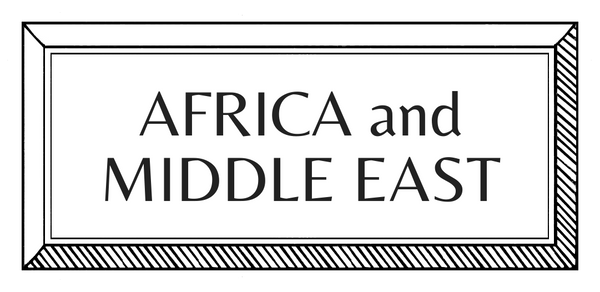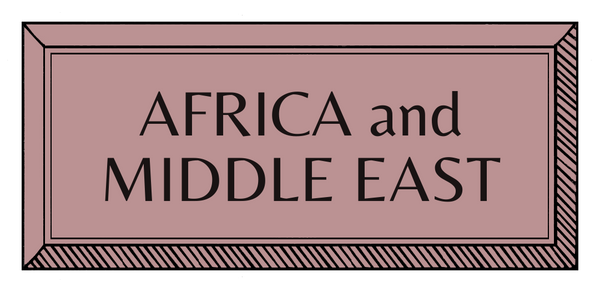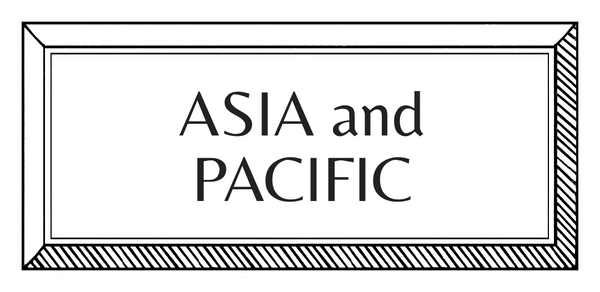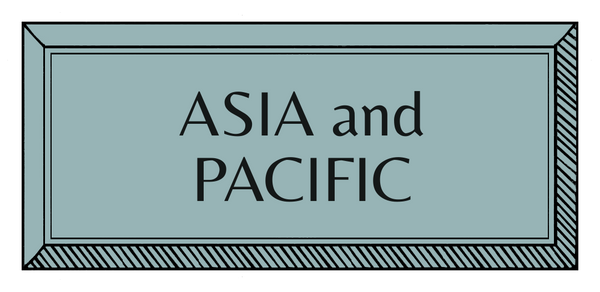CRAFT STORIES | ASIA PACIFIC | INDONESIA | WEAVING
Rattan Crafting in Indonesia

Indonesia, home to over 80% of the world’s rattan supply, stands as a global leader in rattan craftsmanship. This versatile climbing palm thrives in the country’s tropical rainforests and has been a cornerstone of Indonesian culture and economy for centuries. Crafting rattan is a tradition deeply rooted in the nation’s heritage, blending skill, sustainability, and beauty.
Deep within Indonesia’s lush rainforests, a legacy was born. For centuries, rattan—a flexible, vine-like palm—has been central to the lives of Indonesians, its story woven into the fabric of their culture. The craft of rattan weaving is not merely a technique but a symbol of harmony between humans and nature, passed down through generations.
The origins of rattan craftsmanship date back to Indonesia’s ancient kingdoms, like Srivijaya and Majapahit. Indigenous communities in Kalimantan, Sulawesi, and Sumatra harvested rattan sustainably, respecting the forests that provided their livelihoods. They developed intricate weaving techniques, creating baskets, mats, and even boat components essential for survival in the archipelago. Each piece reflected their deep understanding of rattan’s unique qualities—its strength, flexibility, and ability to endure the humid tropical climate.
The technique of working with rattan begins in the forest, where skilled harvesters cut the vines without damaging the roots, ensuring regrowth. Once collected, the rattan is stripped of its outer skin and sun-dried to prevent mould. Depending on the intended use, the rattan is boiled to remove natural resins and then split into finer strands or left whole for sturdier structures. Artisans use hand tools to shape, smooth, and weave the material, combining precision and artistry to create durable, functional, and beautiful items.
The craft’s prominence grew during the Dutch colonial era, when rattan became a prized export. Designers admired its light weight and exotic aesthetic, and Indonesian rattan furniture became a status symbol in European homes. However, colonial exploitation shifted traditional methods toward mass production, diminishing the value placed on artisanship.
After Indonesia gained independence in 1945, rattan weaving experienced a revival. Local artisans reclaimed their craft, blending traditional techniques with modern designs. Regions like Cirebon in West Java became renowned for their innovation, introducing new patterns and forms. These weavers, armed with ancestral knowledge, adapted to meet the demands of a global market without sacrificing quality or sustainability.
Today, Indonesian rattan has become a global emblem of eco-friendly craftsmanship. Designers and architects worldwide collaborate with local artisans to create contemporary furniture and decor. Workshops in Bali and Java have turned into creative hubs, celebrating the artistry of weaving while promoting fair-trade practices.
As demand for sustainable materials grows, rattan’s environmental benefits come to the forefront. Its rapid growth cycle and role in preventing soil erosion make it a vital part of reforestation efforts in Indonesia. Meanwhile, cooperatives ensure that rattan farmers and weavers are fairly compensated, preserving their way of life.
The craft is more than a technique; it is a living tradition that tells Indonesia’s story. Every chair, basket or mat carries with it the spirit of the rainforest, the ingenuity of its people, and the resilience of a heritage that continues to adapt and thrive. Through rattan, Indonesia shares its artistry and commitment to sustainability with the world, one weave at a time.


















































